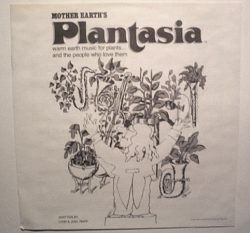
The prisoner, now revealed to be a Blue Rhinoceros elite squadron pilot, Irana Hayakawa, tells his story. Harakawa said that the Blue Rhinoceros was a staff despatched to analyze the fourth planet of the Varautan system, which apparently holds Protoculture secrets, or even descendants of the Protoculture themselves. They have been imagined to rendezvous with the United Forces Advisor Ivano Gunther, solely to find that Gunther was possessed by an alien entity known as the Protodeviln. The whole mission force is taken by the Protodeviln and used to assemble the new Supervision Army that is attacking the Macross 7 fleet.
According to Humane Society International, about 100 million animals are bred and slaughtered in fur farms geared to supplying the fashion business. It’s estimated that fifty% of those animals are raised and killed for fur trim. Eventually the enemy infiltrates City 7 and begins extracting Spiritia from civilians. Due to the secretive nature of the infiltrators and the state of their victims, they’re dubbed ‘vampires’ by the public forum. One of the ‘vampires’ is captured and revealed to be a human from an earlier lost house mission.
Basara tries to revive her, but she by accident drains him of his Spiritia, placing him into a vegetative state. This figure does not embrace cats and dogs killed in animal cruelty cases or injured and abandoned animals who die later. According to PETA, about forty% of U.S. hunters kill tens of millions of animals on public land every year.
The numbers are troublesome to estimate as a result of the vast majority of animals used in analysis–rats and mice–go unreported as a result of they’re not coated by the Animal Welfare Act, nor are birds, reptiles, amphibians, fish, and invertebrates. Also not included in the numbers are wild animals killed by hunters, wildlife displaced by animal agriculture, or wildlife directly killed by farmers with pesticides, traps, or different strategies.

We worked with our animal welfare companions to put animals in new houses with unbelievable success and lots of pleased placement stories. Excluding a service animal primarily based on a direct threat must be based mostly on the precise behavior of the actual animal, not on assumptions or stereotypes about how the animal, or the animal’s breed, might behave.